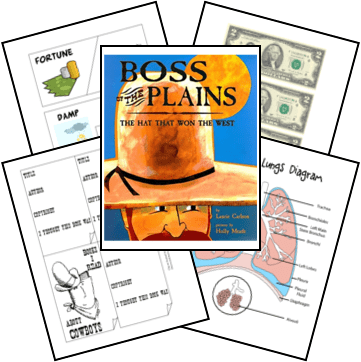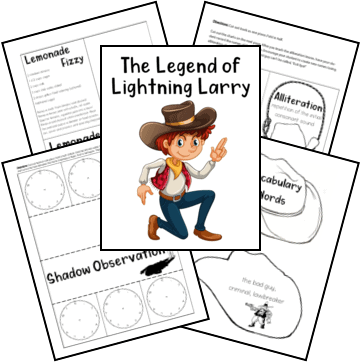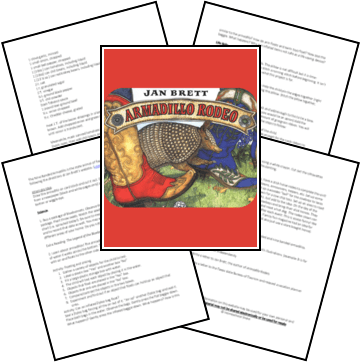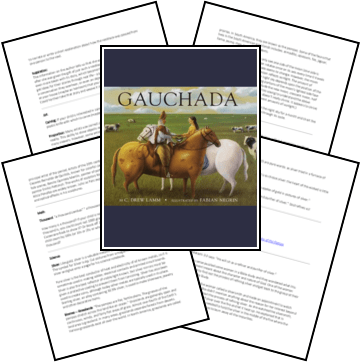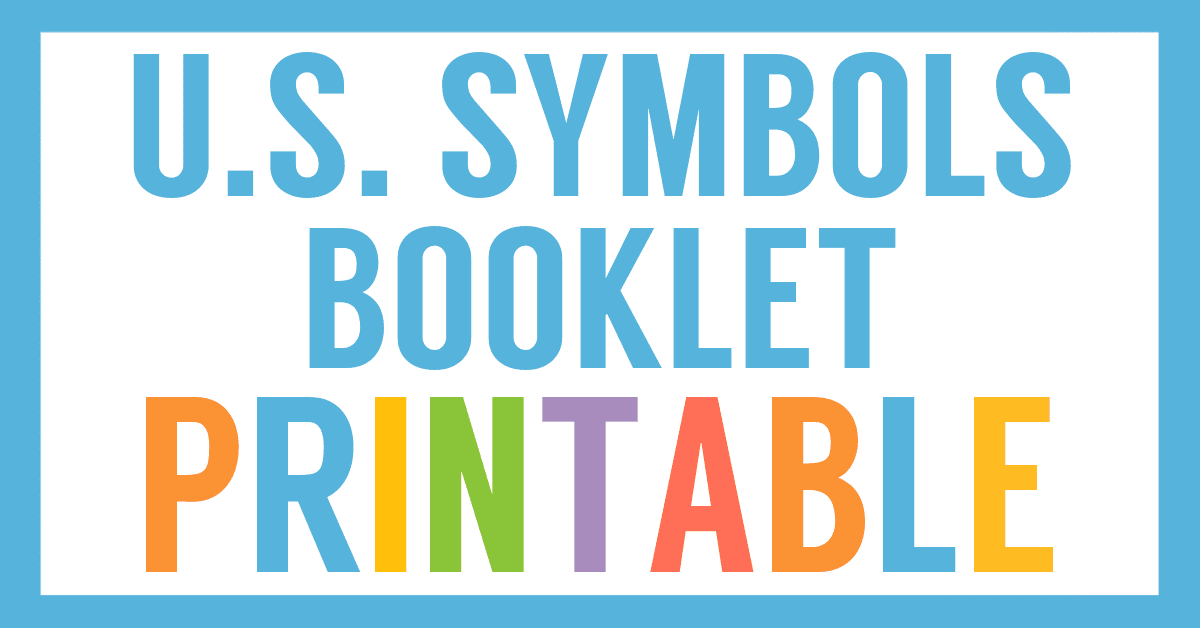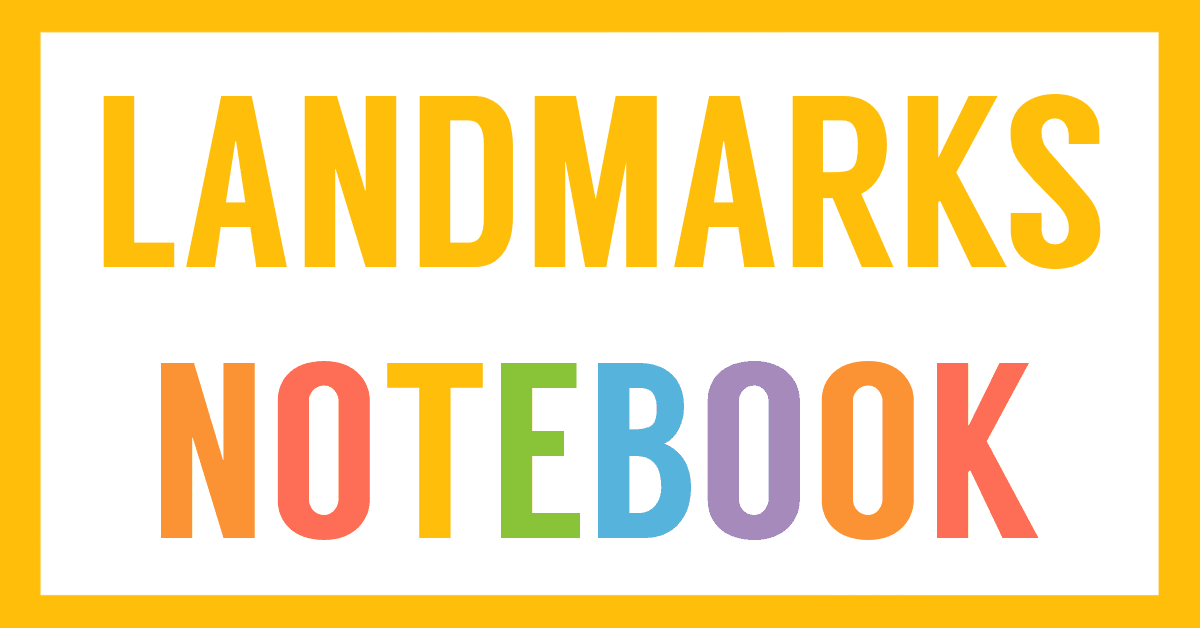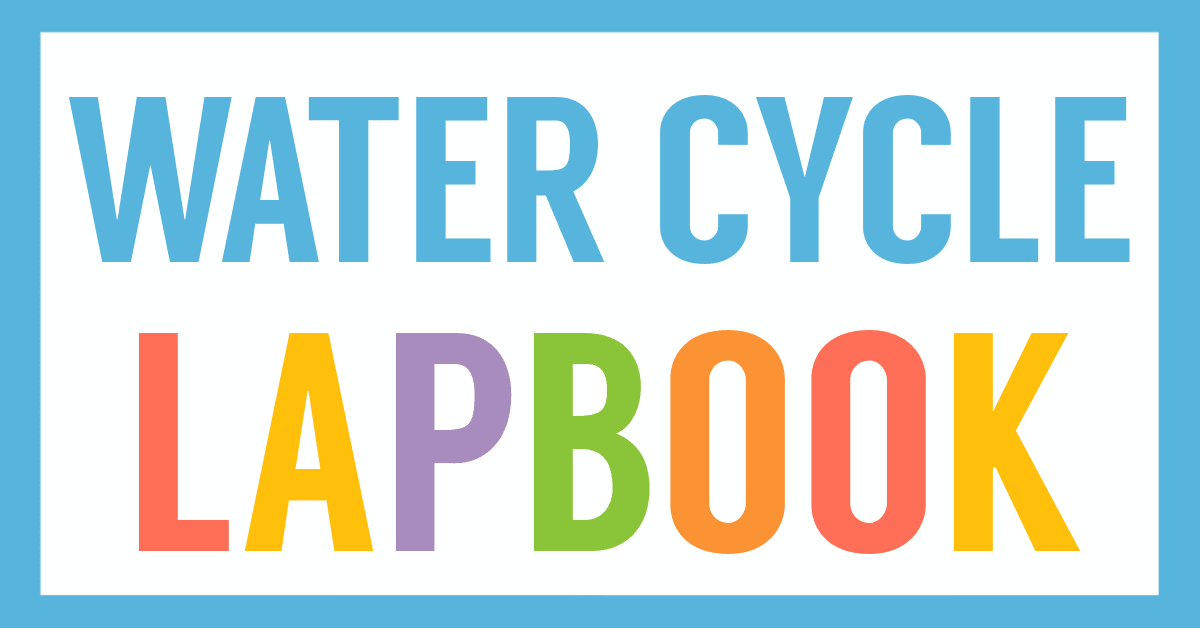Affiliate Disclaimer
We sometimes use affiliate links in our content. This won’t cost you anything, but it helps us to keep the site running. Thanks for your support.
Thanks to Wende and Celia Hartmann for writing the lessons for this Boss of the Plains unit study.
Boss of the Plains Unit Study Lessons
This unit study includes lessons and printables based on the book Boss of the Plains by Laurie Carlson.
Here are some sample lessons from the Boss of the Plains Unit Study:
History — The Colorado Gold Rush
Gold was discovered in the Pikes Peak area in July of 1858, which lead to the Pikes Peak Gold Rush (later known as the Colorado Gold Rush). A gold rush is when there is a great migration of gold seekers into an area where gold has been found. The Colorado Gold Rush was the last of the great North American gold rushes and lasted about 2.5 years, peaking in 1859, when about 100,000 gold seekers flocked to the Pikes Peak area and became known as the Fifty-Niners. Most who came to seek their fortune never found any gold.
History– Life in a Gold Rush Town
A typical gold rush town sprung up very quickly (seemingly overnight) once word spread that gold was discovered. A small town of about 500, might grow to 50,000 in a very short time. As long as the mining business was good, the town thrived. However, once the gold was gone, the town often died and the people moved in search of gold elsewhere. Towns that grew up practically overnight were called “boom towns,” and once they were abandoned they became known as “ghost towns.”
During the a boom town’s heyday, the town had many businesses. Most of the town’s occupants lived in tents while panning for gold, while those that provided a service (such as mining supplies, blacksmithing, food, and medical attention) generally built log buildings. While many of those panning or mining for gold returned home penniless, most of the merchants became rich. There was such a need for supplies and things, that miners were willing to pay ridiculous prices for them. Food sold for astronomical prices. A person might pay $2 for just one egg or apple!
Science — Gold:
Gold is the most wanted element in the world. On the periodic table, its symbol is AU and its atomic number is 79. What makes gold so desirable? Gold is beautiful to look at but it is also quite useful. It is a soft metal, which means it is easy to work with. It melts at a reasonably low temperature (1,948 degrees Fahrenheit) so it can be poured and molded into bars, jewelry, or even tooth fillings. It never tarnishes and can be polished to a high shine. It can conduct electricity so it is often used in electronic equipment. It is easily recognizable, due to its color and density, and can be tested for its purity, so all throughout the world it has been recognized as a symbol of wealth and money.
Gold is mentioned dozens of times in the Bible. In ancient times, gold was used for ornaments and decorations of public buildings. Moses was instructed to cover the Mercy Seat of the Ark of the Covenant with gold. Gold was one of the gifts brought to Jesus, by the Three Wise Men. Gold was also used as money, both coined and uncoined. Uncoined money was usually in the form of jewelry such as bracelets, necklaces, anklets, and earrings that were made to specific weights. These were traded for things people needed, such as Rebekah’s dowry (Genesis 24:22). Coined money was uniformly sized gold lumps, flattened and stamped with a certification of weight and fineness by an authority. David paid for a threshing floor and oxen with gold coins (1 Chron.21:25).
The Greeks were especially talented at making coins, and learned to stamp intricate designs. The Romans then began stamping their own gold coins. Sometimes the authorities were dishonest and would stamp them incorrectly. Occasionally, other metals were mixed with the gold, which reduced its value. Other times the edges of the coins were shaved so the weights were inaccurate. God hates an unjust system of weights and measures, and throughout history has destroyed civilizations that did not have honest monetary systems. Rome is one example of that.
One of the interesting things about gold is that, generally speaking, it holds its value over time. The same amount of gold that could buy a new mid-line car 50 years ago can buy a new mid-line car today. A hundred years ago one ounce of gold could buy a nice suit and dinner for two. Today, that same ounce of gold can buy a nice suit and dinner for two. You sure can’t say that about paper money!
You can grab a copy of the entire Boss of the Plains Unit Study and Lapbook in an easy-to-print file at the end of this post.
Boss of the Plains Lapbook Printables
How to Get Started with Your Boss of the Plains Unit Study & Lapbook
Follow these simple instructions to get started with the Boss of the Plains Unit Study:
- Buy a copy of the book, Boss of the Plains, or borrow one from your local library.
- Print the Boss of the Plains unit study.
- Choose the lessons you want to use with your student (a highlighter works great for this).
- Choose and prepare the lapbook printables you want to use with your student.
- Enjoy a week of cowboy fun!
Get Your Free Boss of the Plains Unit Study & Lapbook
Simply click on the image below to access your free Boss of the Plains Unit Study and Lapbook.

